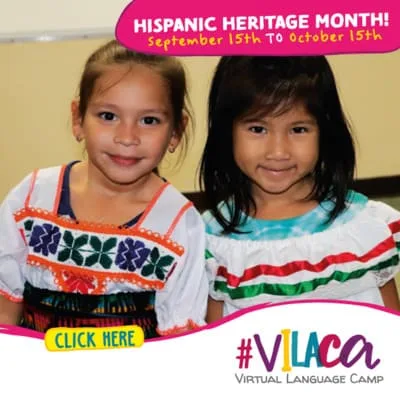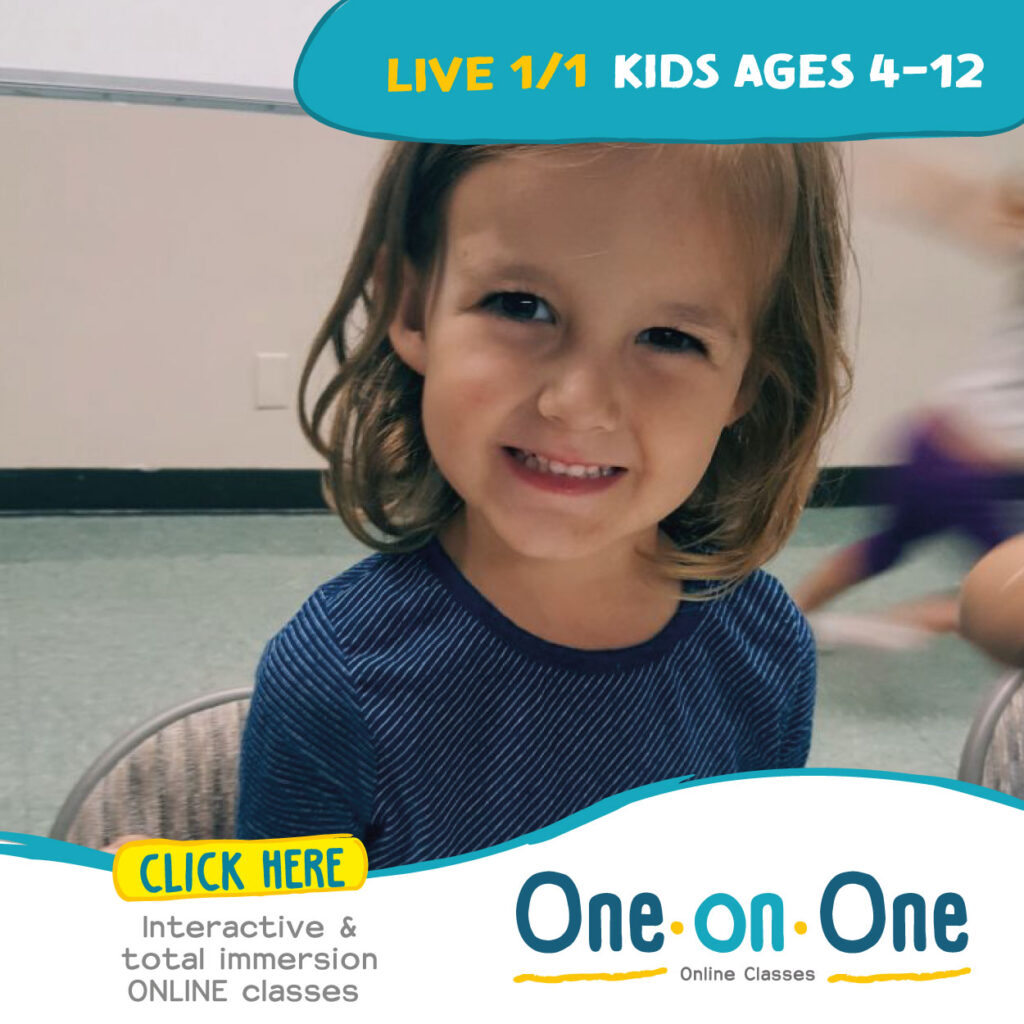
By Michelle Amaya from Instagram @perlasdepapel
Art is something that we start creating from our earliest beginnings. It can start at only a few months old with finger painting using our food, gradually moving up to crayons, markers, pencils, whatever could be found and drawing on the walls in our homes. As children we are drawing, always creating. While for some us art becomes more of a pastime or something we go to see in museums. For others art is their life’s passion and they see art in everything. We interviewed an artist living in Colombia, Michelle Amaya. She tells us of her origins, journey, and inspirations that led her to pursue her life’s passion.
Art is a language, and it has its own expressions.
1. What is your native language?
This is a difficult question to answer. I think it’s Spanish.
My family is Spanish speaking and I was born in the USA, but we spoke Spanish at home and English with others. Both Spanish and English, but when I was 7, we moved to France and started to speak in French. I count and pray in French, my first memories are in English but my life is in Spanish.
2. Have you ever traveled abroad to get inspired for your art?
Yes, as I told you, we lived 10 years in France, and my mom would drag us, every Sunday to a museum, a church or a castle. So I saw a lot of art. But lately I have travelled through Colombia to see other types of artworks. I have seen a lot of different styles and use of materials. Some are very traditional like knitting and others are like photography intervention.
3. What forms of art are well known in your country?
Colombia has a variety of fine art forms, from artisanal work like knitting, weaving baskets, pottery and wood carving, to painting, sculptures, photography and videography.
Colombia’s most famous artist is Fernando Botero. His paintings and sculptures have been shown all around the world.
4. What do you think is interesting about your culture?
Colombian culture is a mix of so many different races and cultures. From the many indigenous cosmologies to the African heritage and the Spanish conquistadors, all this diversity has made a mix of traditions and techniques that are divided by regions. Everywhere you go you are surprised by the identity of these heritages and art forms.
5. Why did you choose to study art?
I don’t really know exactly, but I had a feeling that I was made for it. I loved to draw, and create spaces and dimensions on paper. I loved textures formed from paint; I loved imagining what was out of the edges of a painting.
6. What is your favorite form of art?
It has changed during my life. When I was little, drawing was my life. I had notebooks full of sketches. Then in Art School it was video, then Still Images like photography and painting. Today is knitting and embroidery.
7. Why did you choose to use paper as your medium for your art?
I love paper gift wrapping, but it becomes wasteful so I had to do something with it.
8. What words of encouragement do you have for children who love art?
Encouragement not only for the artists but for anything in life.: “Go for it, this could be the first draft”.
9. What is the best thing about being an artist?
I can say through art, what I want. On the practical side, I can work anywhere, at any time.
10. Do you believe art is a great way to help kids learn something new? If so, how?
Yes, Art is a language, and it has its own expressions. Art is a way to communicate, to see in a different way, and it helps us to have a perception and depth on everyday communication.
You can follow Michelle Amaya on instagram @perlasdepapel to see more of her work!
Have you had your cultural byte today?







